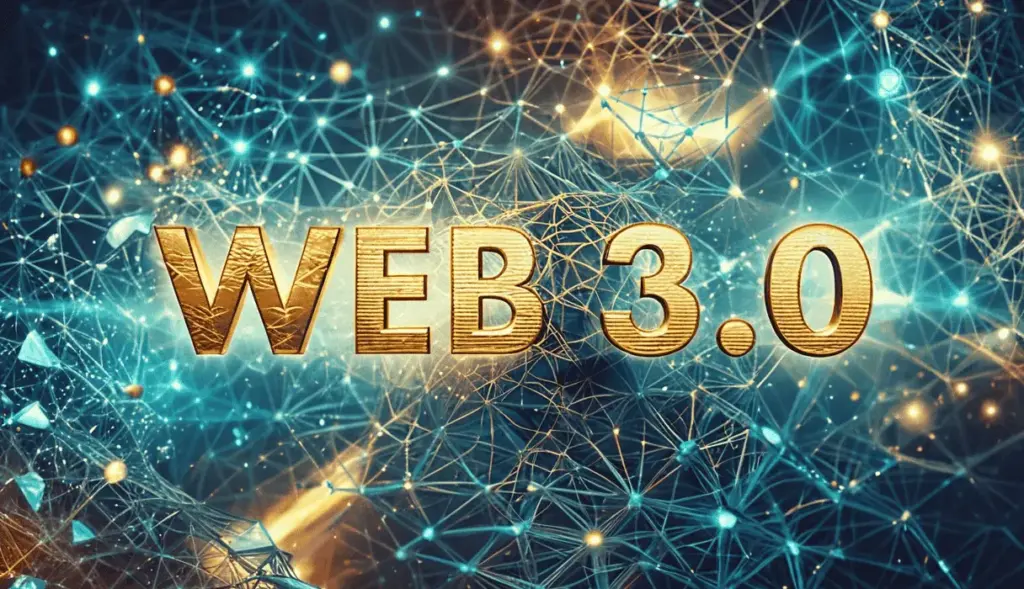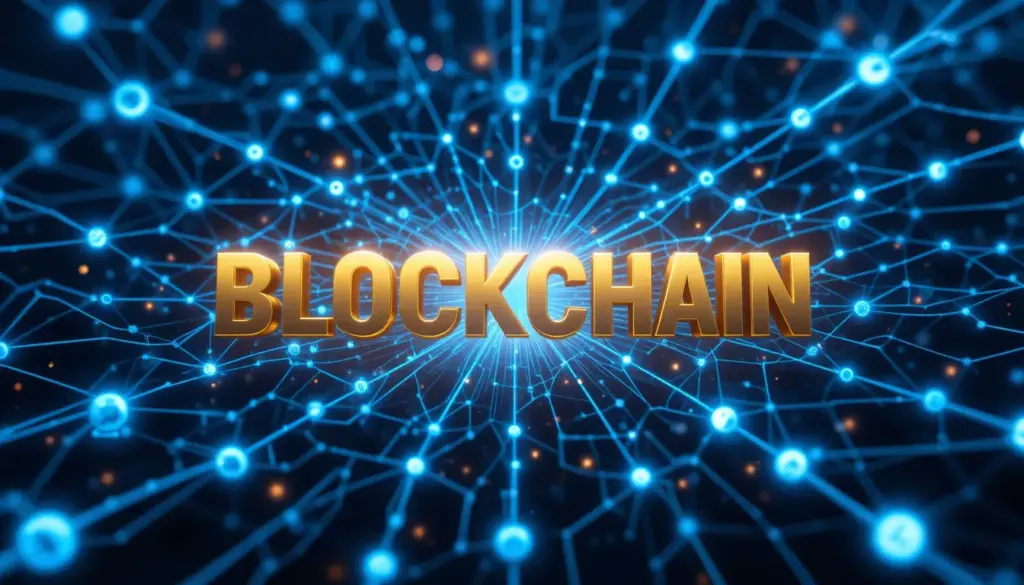We’re standing at the cusp of another massive internet revolution. Just as smartphones and social media reshaped our lives, Web 3.0, the so-called next-generation web, holds the potential to fundamentally change how the internet works and our digital experiences. For many, though, Web 3.0 still feels like a distant and complex concept, much like TCP/IP did in the early days of the internet. In this post, we’ll break down the core ideas behind Web 3.0, explore its current state, and look at the future possibilities. Our goal is to help you grasp this significant shift and prepare for the digital landscape ahead.

Understanding Web 3.0: More Than Just an Upgrade
Web 3.0 isn’t simply the next version of the internet; it’s a paradigm shift that’s revolutionizing the very philosophy and structure of the web. Moving beyond the read-only Web 1.0 and the interactive Web 2.0, Web 3.0 is built around three key principles: Decentralization, Ownership, and the Semantic Web.
✅ Decentralization: Taking Power Away from the Center
In the Web 2.0 era, giants like Google and Meta held significant control over user data and internet traffic through centralized systems. Web 3.0, however, aims for a decentralized internet powered by blockchain technology. This means data is distributed across a network, operating without the control of a single entity. This shift empowers users with greater control over their data and fosters a more censorship-resistant and surveillance-free online environment. Think of it like the emergence of cryptocurrencies, enabling peer-to-peer transactions outside the traditional central banking system.
✅ Ownership: You Own Your Digital World
In Web 2.0, the content and data users created often belonged to the platform. Web 3.0 introduces technologies like Non-Fungible Tokens (NFTs) to clearly define individual ownership of digital assets. This empowers creators to receive fair compensation and allows users to control their data, laying the foundation for new digital economies. For example, a digital artist can issue their artwork as an NFT, proving ownership and enabling them to trade and earn from their creations directly.
✅ Semantic Web: The Internet Gets Smarter
Web 3.0 strives to go beyond simply connecting information; it aims for an intelligent web that can understand and interpret the meaning of data. Through Artificial Intelligence (AI) and Semantic Web technologies, computers can grasp the context of data, providing users with more accurate and personalized information. This will not only enhance search engine performance but also enable intelligent services across various fields. Just as humans understand the meaning of a conversation through context, computers will be able to understand and utilize the meaning behind data.
Where Does Web 3.0 Stand Today?
While still in its early stages, Web 3.0 is showing remarkable growth across various sectors. The advancement of blockchain technology has fueled the rapid expansion of cryptocurrencies, Decentralized Finance (DeFi), NFTs, Decentralized Autonomous Organizations (DAOs), and Web 3.0-based social media and metaverse platforms.
✅ Cryptocurrencies and DeFi: The Financial Backbone
Led by Bitcoin and Ethereum, the cryptocurrency market is playing a crucial role in the Web 3.0 economic system. Decentralized Finance (DeFi) services enable peer-to-peer financial transactions without traditional intermediaries, offering various financial products like lending, borrowing, and swapping. As of late 2024, the Total Value Locked (TVL) in the DeFi market surpassed $130 billion USD (approximately ₩175.55 trillion KRW based on a 1 USD to 1350 KRW exchange rate), demonstrating the strong growth of the Web 3.0 financial ecosystem.
✅ NFTs: Owning Unique Digital Assets
NFTs grant scarcity and ownership to digital content, finding applications in art, music, gaming, real estate, and more. The NFT market recorded approximately $8.8 billion USD (around ₩11.88 trillion KRW) in transaction volume in 2024, highlighting the new possibilities for digital assets. Notably, digital artworks by renowned artists and rare in-game items have garnered significant attention with high price tags.
✅ DAOs: Community-Driven Organizations
DAOs are transparent and democratic decision-making systems built on blockchain, where major organizational decisions are made through community member voting. This presents a novel form of collaboration, different from traditional hierarchical structures, and is being adopted by various projects and communities.
✅ Web 3.0 Social Media and Metaverse: New Ways to Connect and Interact
As an alternative to the data monopolies and censorship issues of existing social media platforms, decentralized social media platforms are emerging. Additionally, metaverse platforms integrating blockchain technology and NFTs are gaining traction by offering users ownership of digital assets and new forms of social experiences. For instance, users can own digital land within these platforms, building and engaging in various activities to generate income.
The Future of Web 3.0: What to Expect
Web 3.0 is still in its nascent stages, but it’s poised to significantly impact various aspects of our society. While offering benefits like enhanced data sovereignty, new business models, and richer digital experiences, there are also challenges to address, including regulatory uncertainty, security vulnerabilities, and technical complexities.
✅ Enhanced Data Sovereignty and Personalized Web Experiences
In the Web 3.0 era, users will have complete control over their data and enjoy online activities free from platform surveillance. Furthermore, advancements in AI and Semantic Web technologies will deliver more accurate and personalized information, enabling tailored web experiences.
✅ New Business Models and Economic Systems
Technologies like NFTs, DeFi, DAOs, as well as emerging concepts like GameFi, SocialFi, DePIN (Decentralized Physical Infrastructure Networks), and Real-World Asset (RWA) tokenization, will revolutionize existing business models and establish new forms of digital economies. Creators will receive fair compensation for their content, and users will own digital assets, unlocking new investment and earning opportunities. Projections suggest that the Web 3.0-based economic system could reach trillions of dollars by 2030.
✅ Improved Security and Transparency
The inherent characteristics of blockchain technology, such as decentralization and encryption, will enhance data security and increase information transparency. This will reduce the risks of hacking and data breaches, fostering a more trustworthy online environment.
✅ Challenges Ahead
For Web 3.0 to succeed, several challenges need to be overcome, including establishing clear regulatory frameworks, addressing security vulnerabilities, improving user experience, and enhancing technical accessibility. Raising public awareness and developing user-friendly interfaces for Web 3.0 technologies are particularly crucial.
In Conclusion: Embracing the Web 3.0 Revolution
We’ve explored the core concepts, current state, and future prospects of Web 3.0. Built on the fundamental values of decentralization, ownership, and a semantic web, Web 3.0 is ushering in a new era of the internet, already driving innovative changes across various sectors. While challenges remain, the potential of Web 3.0 is immense, and it will undoubtedly have a profound impact on our digital experiences and societal systems.
Rather than simply observing the approaching Web 3.0 era, it’s crucial to understand and actively prepare for this wave of change. Technological advancements continuously present new opportunities, and Web 3.0 is no different. Let’s continue to monitor the development of Web 3.0 technologies and services and explore the new possibilities that align with our interests. Change can bring both apprehension and excitement, but those who prepare for the future will be best positioned to seize the opportunities it offers.


